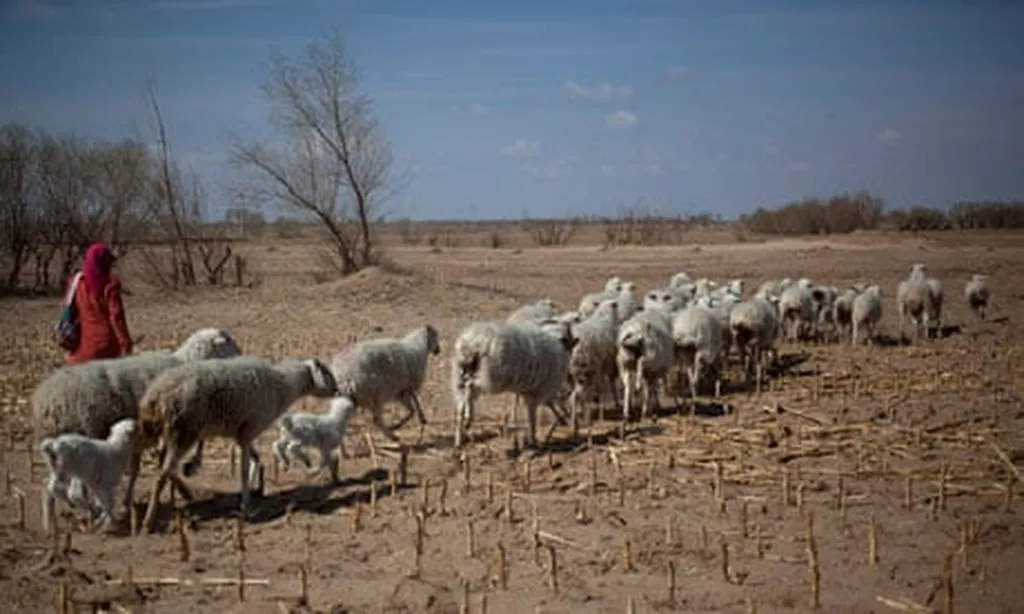In the vast, windswept landscapes of Inner Mongolia, a silent battle is unfolding beneath our feet. As desertification creeps across the agro-pastoral ecotone, the microscopic world of the soil is adapting and evolving in ways that could hold the key to sustainable agriculture in arid regions. A recent study published in the journal *Frontiers in Microbiology* (translated as “The Frontiers of Microbiology”) has shed light on these subterranean shifts, with potentially significant implications for the energy and agricultural sectors.
Dr. Jiajia Xu, a researcher at the College of Life Sciences, Inner Mongolia University, and her team have been investigating the spatial heterogeneity of rhizosphere microbial communities in alfalfa (Medicago sativa) across varying degrees of desertification. Their findings reveal a complex, dynamic world where microorganisms are reshaping their communities and functions in response to environmental stress.
The study collected rhizosphere soils from non-, lightly-, and moderately-desertified sites, using high-throughput sequencing and soil physicochemical analyses to paint a detailed picture of the microbial landscape. “We found that desertification intensity significantly altered microbial structure and function,” Dr. Xu explained. “Actinobacteriota dominated in moderately-desertified soils, whereas Proteobacteria prevailed in non-desertified areas. This shift suggests that different microbial communities are better adapted to different environmental conditions.”
The fungal communities also showed significant variations. Ascomycota was the dominant phylum, but Basidiomycota and Mortierellomycota were enriched in non- and lightly-desertified sites, respectively. Soil pH and available phosphorus were identified as key factors shaping bacterial and fungal communities, highlighting the intricate interplay between soil chemistry and microbial ecology.
One of the most intriguing findings was the enhanced microbial connectivity and shift toward cooperative interactions under desertification. “Co-occurrence networks indicated that as desertification intensifies, microorganisms are forming more interconnected and cooperative communities,” Dr. Xu noted. “This could be a strategy to enhance their collective resilience to environmental stress.”
The study also revealed that while bacterial metabolic pathways remained relatively conserved, the abundance of fungal stress-response enzymes, such as monooxygenases, increased. This suggests that fungi are playing a crucial role in helping the soil ecosystem adapt to desertification.
So, what does this mean for the future of agriculture and the energy sector? Understanding these microbial adaptations could lead to the development of more resilient crops and improved soil management practices. For the energy sector, the insights gained from this study could inform the development of bioenergy crops that are better suited to arid environments, potentially opening up new avenues for sustainable energy production.
As Dr. Xu put it, “Our findings underscore the remarkable adaptive strategies of microorganisms to desertification. By harnessing this knowledge, we can pave the way for more sustainable agriculture and energy production in arid regions.”
In the face of climate change and increasing desertification, the insights from this study are more relevant than ever. By delving into the microscopic world of the soil, we may find the solutions we need to secure our agricultural and energy futures. The battle against desertification is far from over, but with each new discovery, we gain a better understanding of the complex, interconnected world beneath our feet.

